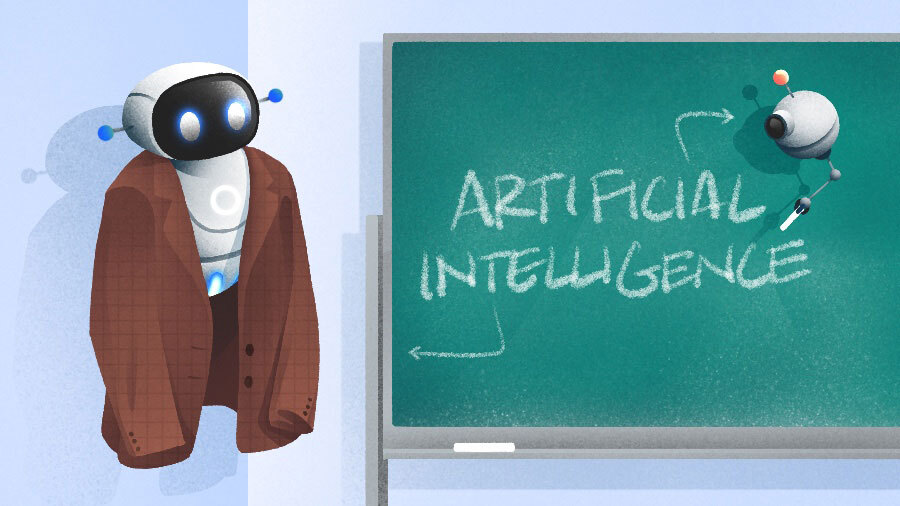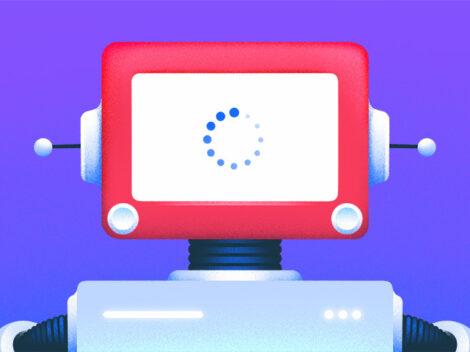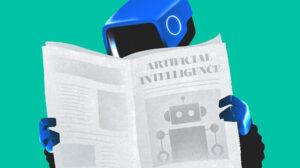There are four distinct developments that propel artificial intelligence forward today, said Deep Nishar, a managing director at venture capital firm General Catalyst.
And Nishar would know.
The investor co-led the firm’s recent $350 million funding in Adept AI, a year-old company with a founding team that hails from OpenAI and Google Brain. The firm has also led investments in AI talent platform Eightfold AI and AI health care company Aidoc.
Search less. Close more.
Grow your revenue with all-in-one prospecting solutions powered by the leader in private-company data.
While the promise of AI has percolated for decades, the sector has only heated up fairly recently with the launch of ChatGPT-3 in November and the fast iteration of GPT-4 last week.

“ChatGPT is a meaningful step forward,” said Nishar. More important than the technology, “it has fired up the imaginations of nontechnical people. It’s probably the fastest thing that ever got 100 million users using it all at once.”
Nishar has been investing for the better part of eight years, and began his investing career at the SoftBank Vision Fund in 2015 where he led funding in AI hardware company SambaNova, and AI therapies company Deep Genomics. His career spanned across major technology companies. He joined Google in 2003 before it reached 200 employees and worked on advertising infrastructure, then the early mobile research which became Android. When storied investor Reid Hoffman reached out, he jumped to lead product and user experience at LinkedIn.
The AI evolution
Nishar sees four distinct developments that propel artificial intelligence forward today.
The first is the proliferation of really good algorithms. The seminal paper on the transformer models which underlie GPT came out of Google in 2017. Today, Nishar said, Google and OpenAI account for close to 50% of these algorithms.
Vast amounts of data is needed to train these models, which the internet provides — from text to speech to image and video.
The third part is computational power, which is getting better and better.
And finally, previously there were only a few hundred individuals from companies like DeepMind in the U.K., Google Brain, Facebook AI research and Apple who understood these models.
Now there are thousands of people who understand the math in these algorithms from both companies and universities.
Hundreds of millions
“One view is that any area that requires a lot of compute, and as a result of a lot of capital, becomes a harder venture investment,” said Nishar.
Investors have thrown hundreds of millions at the leading companies building AI models which include OpenAI, Anthropic, Cohere, Adept AI, Inflection AI and Character.ai. These teams have come out of Google Brain and OpenAI, and have either launched or will be launching products in months to come, he said.
The stack
The technology stack that artificial intelligence developments impact is broad and mimics non AI companies, said Nishar.
They start with hardware chip companies like Nvidia, Cerebras, Graphcore and SambaNova to name a few. In the infrastructure software sector, companies like Anyscale compile the content and orchestrate the AI pipeline. This is followed by tools that help with training the data, from companies including Snorkel and Weights & Biases. And then come the algorithms and apps at the top of the stack.
And there are a whole host of investment opportunities up and down the entire stack.
“We are trying to predict a surface area that has not been traversed before,” Nishar said.
Illustration: Dom Guzman

Stay up to date with recent funding rounds, acquisitions, and more with the Crunchbase Daily.



![Illustration of remote meet on cellphone, unicorn chess piece and money. [Dom Guzman]](https://news.crunchbase.com/wp-content/uploads/business-strategy-470x352.jpg)








67.1K Followers